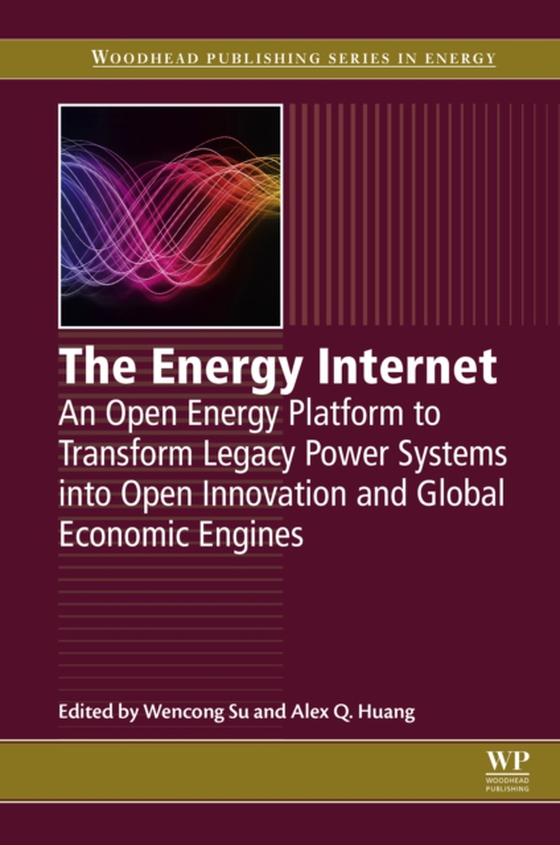
Energy Internet e-bog
2190,77 DKK
(inkl. moms 2738,46 DKK)
The Energy Internet: An Open Energy Platform to Transform Legacy Power Systems into Open Innovation and Global Economic Engines is an innovative concept that changes the way people generate, distribute and consume electrical energy. With the potential to transform the infrastructure of the electric grid, the book challenges existing power systems, presenting innovative and pioneering theories a...
E-bog
2190,77 DKK
Forlag
Woodhead Publishing
Udgivet
26 oktober 2018
Længde
398 sider
Genrer
Energy technology and engineering
Sprog
English
Format
pdf
Beskyttelse
LCP
ISBN
9780081022153
The Energy Internet: An Open Energy Platform to Transform Legacy Power Systems into Open Innovation and Global Economic Engines is an innovative concept that changes the way people generate, distribute and consume electrical energy. With the potential to transform the infrastructure of the electric grid, the book challenges existing power systems, presenting innovative and pioneering theories and technologies that will challenge existing norms on generation and consumption. Researchers, academics, engineers, consultants and policymakers will gain a thorough understanding of the Energy Internet that includes a thorough dissemination of case studies from the USA, China, Japan, Germany and the U.K. The book's editors provide analysis of various enabling technologies and technical solutions, such as control theory, communication, and the social and economic aspects that are central to obtaining a clear appreciation of the potential of this complex infrastructure. Presents the first complete resource on the innovative concept of the Energy Internet Provides a clear analysis of the architecture of the Energy Internet to ensure an understanding of the technologies behind generating, distributing and consuming electricity in this way Includes a variety of global case studies of real-world implementation and pilot projects to thoroughly demonstrate the theoretical, technological and economic considerations
 Dansk
Dansk

